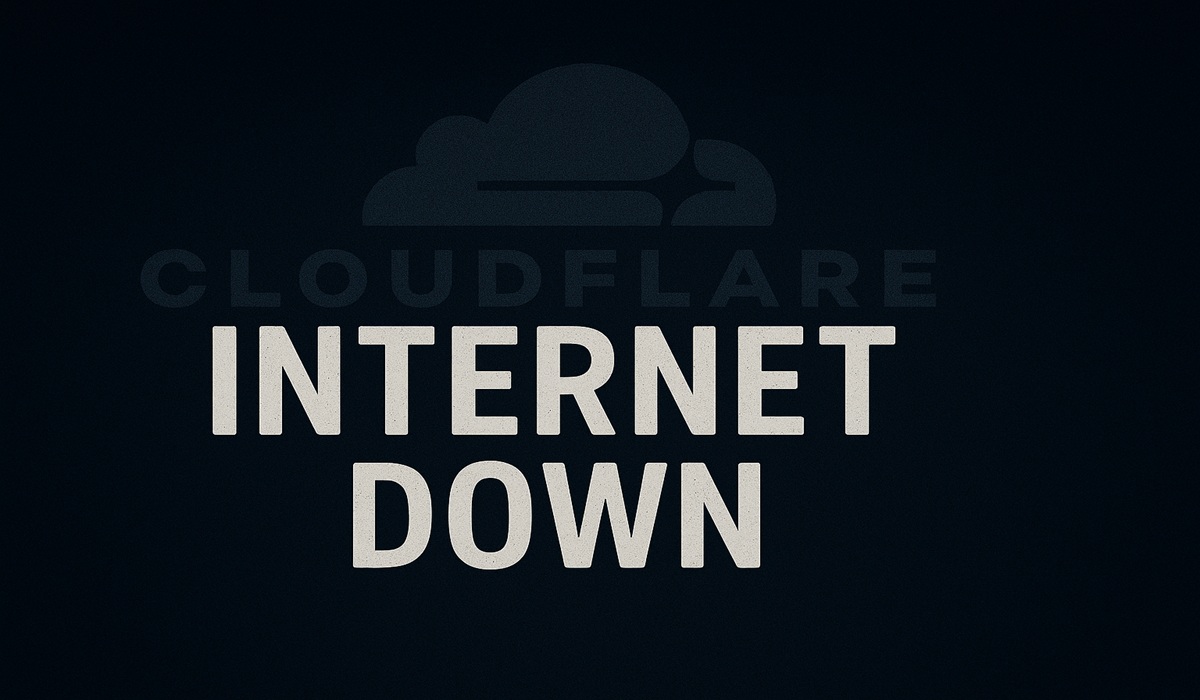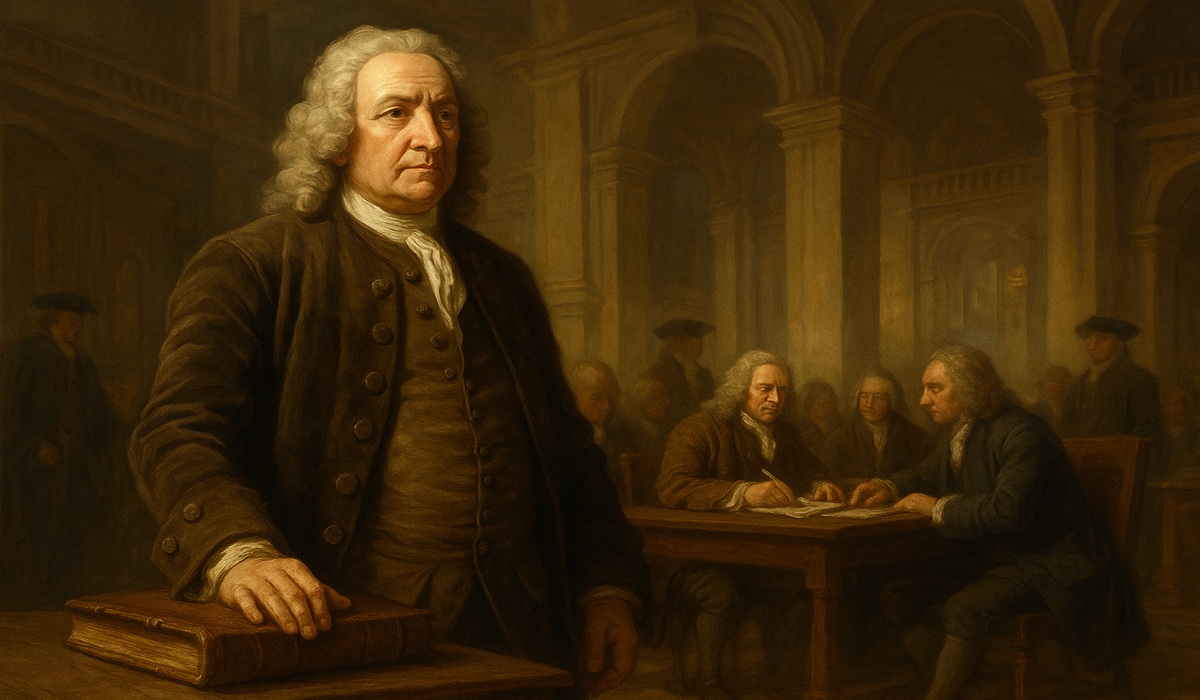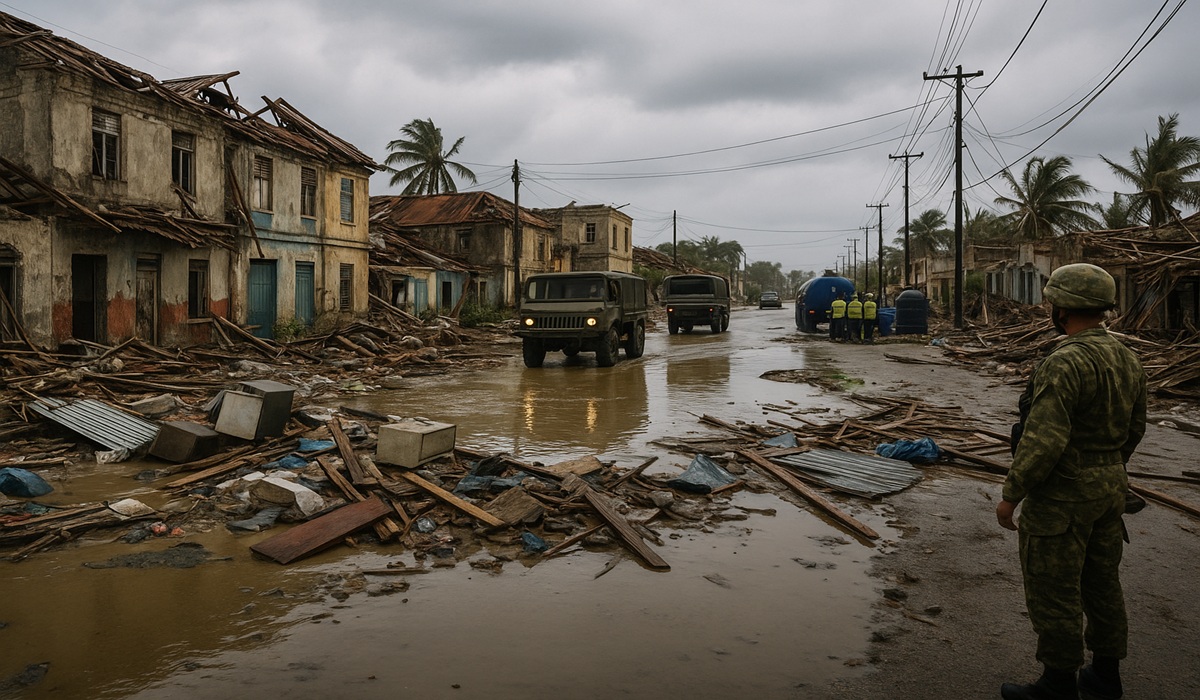By: Donovan Martin Sr, Editor in Chief
The world is living through a financial and geopolitical rebalancing that would have seemed unimaginable a decade ago. Just days ago, the BRICS nations launched an international payment settlement system that now claims reach across roughly 185 countries, a network vast enough to rival the global dominance that SWIFT once held without challenge. For many, this development is being brushed off as a technical upgrade, simply another option in global finance. In reality, it is a direct structural challenge to how money moves, how sanctions operate, and how global power is enforced. It is a redesign of the world’s financial plumbing with profound political implications.
To understand the magnitude of the BRICS announcement, one must first understand what SWIFT actually is. The SWIFT system, created in the 1970s, is not a bank and it does not hold money. It is the secure messaging backbone that allows banks to communicate payment instructions across borders. If one bank in Argentina wants to pay a bank in Japan, or if an importer in Ghana buys machinery from Germany, the instructions almost certainly run through SWIFT. It is standardized, trusted, and embedded into the global economy. Because it is so crucial, being denied access to SWIFT is economic suffocation. Countries such as Iran and Russia have experienced firsthand what it means to be unplugged from this network — their ability to receive payments, trade internationally, or even access their own foreign reserves can suddenly be restricted.
That is why SWIFT became not just a neutral financial tool, but a geopolitical enforcement mechanism. Western powers discovered that they could freeze assets, block banks, or pressure governments simply by cutting them off from SWIFT or threatening to do so. The system became a form of financial coercion, a way to punish countries that did not align with Western policies. When hundreds of billions of dollars in Russian assets were frozen, smaller countries studied the moment with alarm. If this could be done to a globally influential nuclear power, what would prevent it from being done to anyone else?
The BRICS settlement mechanism is designed as the answer to that fear. Built primarily through Chinese financial infrastructure and linked increasingly to the renminbi, the system enables countries to settle trade outside of SWIFT. Nations joining the system can trade using their own currencies or the yuan, bypassing the dollar entirely. The scale of adoption — nearly 185 countries having access — means it is no longer an experimental side project. It is a parallel global payment spine. It is the first credible alternative to SWIFT in modern financial history.
For many countries, the economic case alone is strong. Settling trade in U.S. dollars requires maintaining large reserves of a foreign currency. It also means paying conversion fees and being exposed to fluctuations in dollar liquidity, interest rates, and political risk. For decades, countries had no choice. The dollar was the world’s clearing currency; SWIFT was the pipeline. The BRICS system breaks that monopoly. If a country can pay for oil, machinery, wheat, fertilizer, or electronics in its own currency or in yuan, it lowers costs, reduces dependency, and insulates itself from geopolitical pressure.
But the most overlooked aspect is data. Every time a transaction runs through SWIFT, information is created — commodity codes, transaction sizes, shipment patterns, currency flows. That data, when aggregated over years, becomes intelligence. It reveals agricultural forecasts, industrial output, trade relationships, supply chain vulnerabilities. It becomes a tool for predicting markets and even anticipating political behaviour. Financial institutions, Western governments, and large corporations have long relied on these data flows to make decisions.
If trade begins moving through a BRICS settlement channel, that information does not flow into Western analytics. It stays in the hands of the trading partners. This is a direct erosion of a quiet but powerful advantage that the West has enjoyed since the end of the Second World War. It is the first time that meaningful volumes of global trade may be conducted under a data structure that Washington, London, Brussels, and major Western financial institutions cannot automatically see.
The significance goes even further when considering vulnerability. When Russian reserves were frozen, when Iranian banks were blocked, when Libyan and Venezuelan foreign assets became entangled in foreign courts, the message to the rest of the world was unmistakable. Access to your own money is conditional. It can be revoked. It can be withheld. It can be controlled by decisions that have nothing to do with domestic policy. Small states, especially those with histories of colonialism or foreign interference, understood this better than anyone. They realized that the global financial system was never truly neutral — it was political infrastructure.
The BRICS payment system gives them an option. It does not solve every problem, nor does it guarantee immunity from sanctions, but it reduces the West’s ability to completely isolate a nation. If a small Caribbean or African state knows that its reserves and trade can be settled outside U.S. and European oversight, it gains leverage it never previously enjoyed. It gains room to negotiate. It gains sovereignty.
It is not surprising that many of the countries left out of the BRICS system are either closely aligned with Western governments or lack the infrastructure to participate. The absence of a few nations does not change the broader reality: the world now has two financial highways. One is backed by decades of Western dominance and dollar supremacy. The other is emerging and expanding with remarkable speed. The presence of 185 participating or accessible countries makes the system too large to ignore and too large to dismiss as political symbolism.
The most profound implication of this shift is not simply currency diversification, but geopolitical decentralization. The U.S. dollar has been one of the most powerful foreign policy tools ever created. It has allowed the United States and its allies to exert influence, reward compliance, and punish defiance without firing a shot. If a significant amount of global trade begins moving outside dollar channels, that influence diminishes. If countries begin storing reserves in yuan or their own currencies instead of dollars, Western banks lose deposits, Western markets lose liquidity, and Western governments lose part of their leverage.
This moment marks a pivot. Not a collapse of the dollar, but a weakening of the idea that the world must rely on a single financial system. The BRICS settlement network is the first real attempt to build something multipolar, something that cannot be shut down by a committee or a sanctions list. It restores a degree of balance that has been absent for decades.
In the end, the story is simple. Countries want to trade without fear. They want to hold money without worrying it will be frozen. They want to buy and sell without being monitored, judged, or pressured. The BRICS payment system is not just a financial tool. It is a statement that the world is no longer prepared to live under a single financial authority. It is a turning point in the architecture of global power — and the beginning of a new, multipolar financial era.









